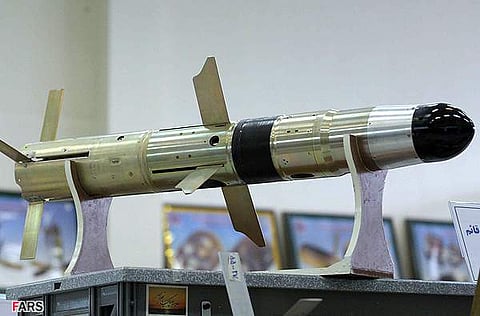

India on Friday successfully tested solid fuel ducted ramjet (SFDR) technology from a defence facility off Odisha coast paving the way for development of long range air-to-air missiles.
Defence sources said a prototype of an air-to-air missile based on the ramjet technology was test fired from the Integrated Test Range (ITR) at about 10.30 am to gauge the performance of the system. An air launch scenario was simulated by the ground booster during the test and the missile was guided to high altitude to simulate aircraft release conditions. Subsequently, the nozzle-less booster was ignited and it accelerated the system to the required Mach number for ramjet operation.
All the subsystems including the ground booster motor and nozzle-less motor performed as expected. The separation of the ground booster was also perfect. "The successful demonstration of the technology will enable DRDO to develop long range air-to-air missiles. So far, such technology is available only with a handful of countries in the world," said a defence official. Many new technologies including SFDR were proven during the test. The performance of the missile was monitored using the data captured by Electro Optical, Radar and Telemetry instruments deployed by ITR and confirmed successful demonstration of the mission objectives.
The air breathing ramjet technology will propel long range air-to-air to engage with targets at supersonic speed by making the weapons more lethal. This was third experimental test of the technology. The first and second tests were conducted in 2018 and 2019 respectively. "The indigenously developed SFDR will help the country master in the cutting edge technology. Now India can have fastest long-range air-to-air missiles providing a multi-layered aerial protection from hostile attacks," the official said.
The launch was monitored by senior scientists of various DRDO labs including Hyderabad-based Defence Research and Development Laboratory (DRDL) and Research Centre Imarat (RCI) and Pune-based High Energy Materials Research Laboratory (HEMRL).
